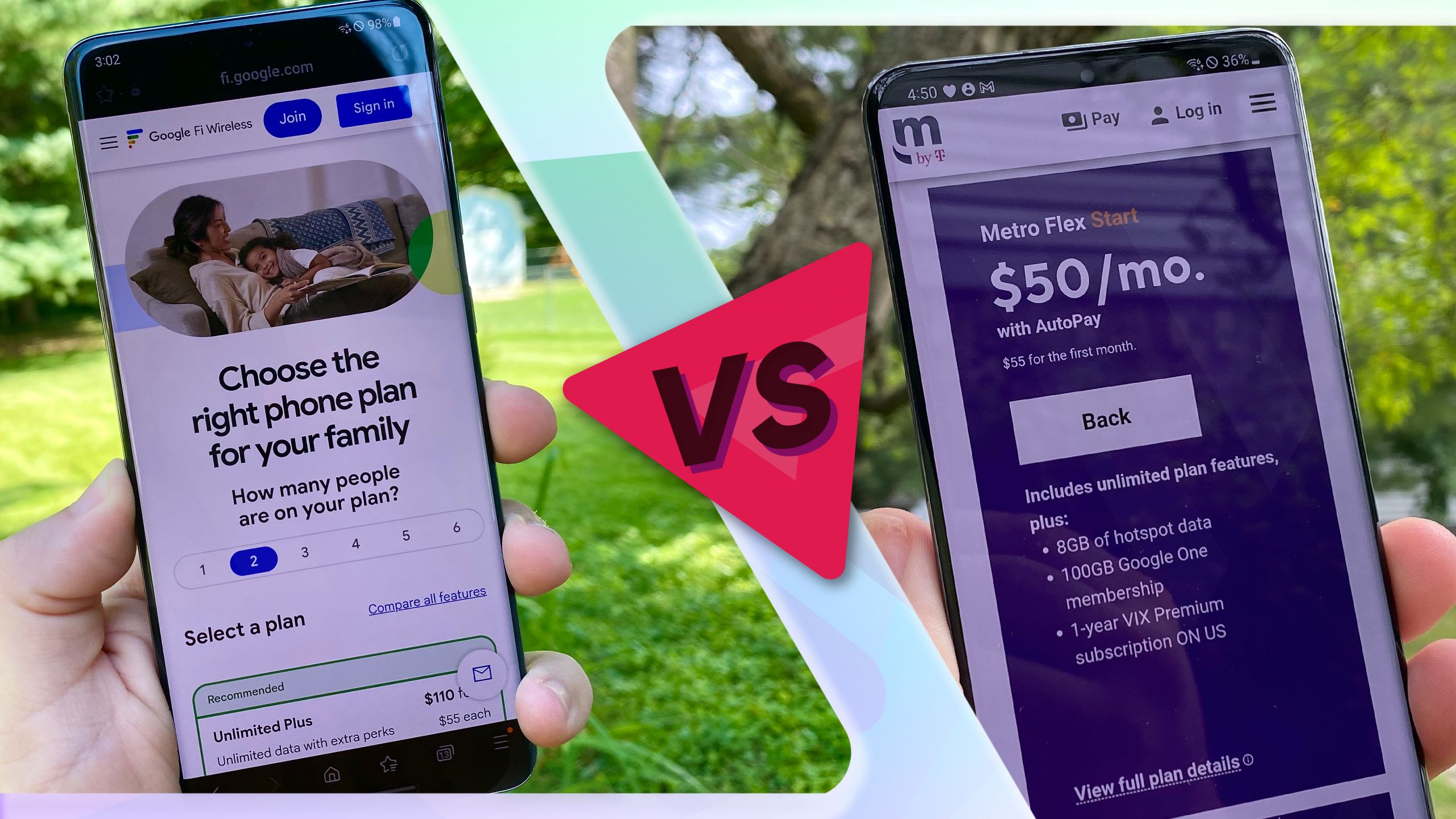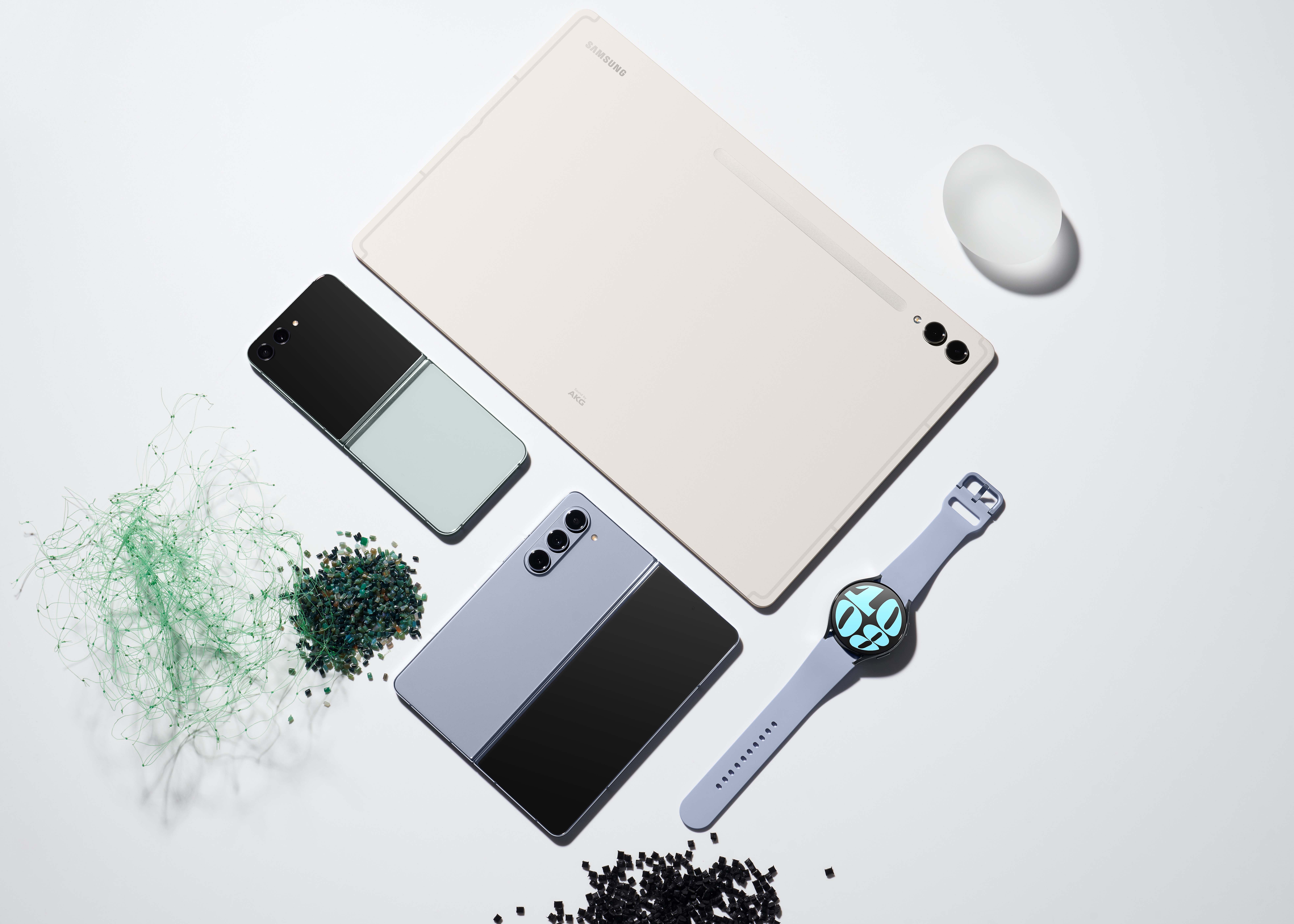High-end phone prices are becoming astronomical, and carriers are eager to lock you into affordable installment plans that stretch for an eternity. It doesn’t stop with phones. Major carriers now offer a range of LTE devices, such as hotspots, the best Android smartwatches, tablets, and laptops, conveniently available on installment plans tied to your ever-expanding contract. Easy access to the latest tech isn’t bad, but proceed with caution before taking on new debt and higher monthly payments.
Carrier control goes beyond phones
Source: Samsung
It isn’t only phones. Carriers offer an ever-expanding line-up of enticing tech to meet your every need. How about a smartwatch? There’s another three-year commitment. Need a tablet? Surprise, another line on your bill and another contract term. Make it a family plan, and the possibilities, potential devices, and contract terms on your account keep multiplying.
This matrix of interconnected devices and installment plans is designed to keep you firmly attached to your carrier. Around 15% of US customers on subscription plans swap carriers each year, and half find switching a hassle. With carriers generally scoring low in customer satisfaction, people stick around for a less benevolent reason. The more you finance, the harder it is to leave, not to mention the account setup fees you’ll likely owe your new carrier.
Think twice or pay a price for leaving your carrier
Your new phone wasn’t free, and leaving your carrier before it’s paid off will cost you. At best, you’ll be on the hook for the total amount outstanding on your device. You might also be liable for other fees associated with early termination. Always review the contract terms before completing new transactions with your carrier, such as signing up or terminating a plan, upgrading your device, or adding a new line.
If your credit score isn’t great, you could be required to pay a credit card-like interest rate to finance your device. The interest you pay and early termination can get expensive fast.
Carriers often offer 0% interest on device installment plans for “well-qualified” applicants. Even if you qualify for 0% interest, that installment plan might hide an inflated purchase price. Additionally, the hottest new flagship devices command top dollar, aren’t often discounted by the major carriers, and may be available cheaper from third parties. Your carrier has plenty of profit margin on your flagship device and in your contract without charging you interest on the device installments.
How to end the perpetual cycle of device financing
The billionaire founder of Walmart, Sam Walton, drove an old pickup truck for decades. Similarly, legendary investor Warren Buffett has lived in the same house his entire life. While we don’t suggest staying with your current device until retirement, having sound financial discipline often leads to the best personal outcomes.
It’s possible to regain control of your mobile destiny. Start by asking yourself if you can comfortably afford that new flagship device. Counter-intuitively, if the answer is “no,” financing it might not be the best idea. You’ll end up with the same carrier and a larger monthly bill.
There is some good news. The newest generation of mid-priced devices, such as these Samsung phones, don’t require you to give up much in terms of performance. They often cost less than half the price of a new flagship. Even entry-level devices, such as the Samsung Galaxy A15, can pack plenty of punch. If you finance the device and need to terminate early, it will likely cost you less.
One option is to buy your phone outright from the carrier. This has benefits. Firstly, it’s convenient. After a few clicks on your carrier’s site, a new device shows up on your doorstep. It’s fully certified to work with your carrier and supported by them. Even though it’s convenient, you might not get the best price.
Shop around to get the best purchase price. For example, the Samsung Galaxy S24 256GB is currently the cheapest at Amazon ($789) compared to Verizon, AT&T, and Samsung, all at $860 for an outright purchase. With the Pixel 9 Pro 256GB, Amazon ($1,089) offers the lowest price, followed closely by Verizon and the Google store (both at $1,099), but with AT&T coming in significantly higher at $1,149.
As shown in these examples, bringing an unlocked device that you own to the carrier of your choice is often the most cost-effective option. Before you BYOD, check network compatibility and supported frequency bands. This is particularly crucial if you travel internationally. Many websites and online forums offer detailed information on carrier frequencies and device compatibility to help you make an informed decision.
Pay-as-you-go plans and virtual network operators are worth a look
If you’re seeking maximum flexibility, pay-as-you-go plans with BYOD offer an alternative to traditional contracts. These plans allow you to pay only for the minutes, texts, and data you use, with no long-term commitments and generally fewer fees. While they might not be the most cost-effective option for heavy cellular data users (over 6GB per month, for example), these plans can be ideal for those who primarily use Wi-Fi or need a secondary phone for occasional use.

Related
Google Fi vs. Metro by T-Mobile: Fi competes for domestic and international data
Solid savings for families
Finally, don’t forget about alternative and regional carriers. These smaller players often offer competitive plans with lower prices and more flexible terms. In the US, virtual network operators like Mint Mobile, Google Fi, and Visible leverage the major networks while offering cost savings. In Mexico, Telcel is a more affordable, flexible alternative to the major international carriers. Researching options such as these could result in device and plan savings. It takes effort to sort through the options, but it’s time well spent if saving money is your priority.
Sell or trade your old device to fund your new one
Selling your old phone can be a great way to fund your new one. Plus, it’s a green alternative to throwing your old phone in the basement or a landfill. The major carriers offer easy and convenient trade-in programs for subscribers. If you’re up for the effort, you might get a higher price by selling your device on Facebook Marketplace or eBay.
Using a service that buys used phones can be a convenient compromise between these two options. These services, like Gazelle, Decluttr, or ecoATM, offer a streamlined process where you provide details about your phone’s condition and receive an instant quote. If you accept the offer, they typically provide a prepaid shipping label so that you can send in your device.
While this often yields less money than selling independently, you’ll avoid creating listings, negotiating with buyers, and handling the sale’s logistics. A buyback service can be a safe and efficient way to sell your old phone, especially if you value a quick and easy transaction.
Don’t mortgage your future to finance your phone
It’s wise to be discerning about what we choose to finance. Mortgages for real estate? Generally, a sound investment. Car loans? Perhaps a necessity, but proceed with caution. But financing a rapidly depreciating smartphone, smartwatch, or laptop? Maybe not.
One way to stretch your budget is to keep recurring bills as low as possible. You can do that by purchasing a smartphone that’s within your means, such as a renewed or refurbished phone, rather than financing a flagship with your carrier.







GIPHY App Key not set. Please check settings